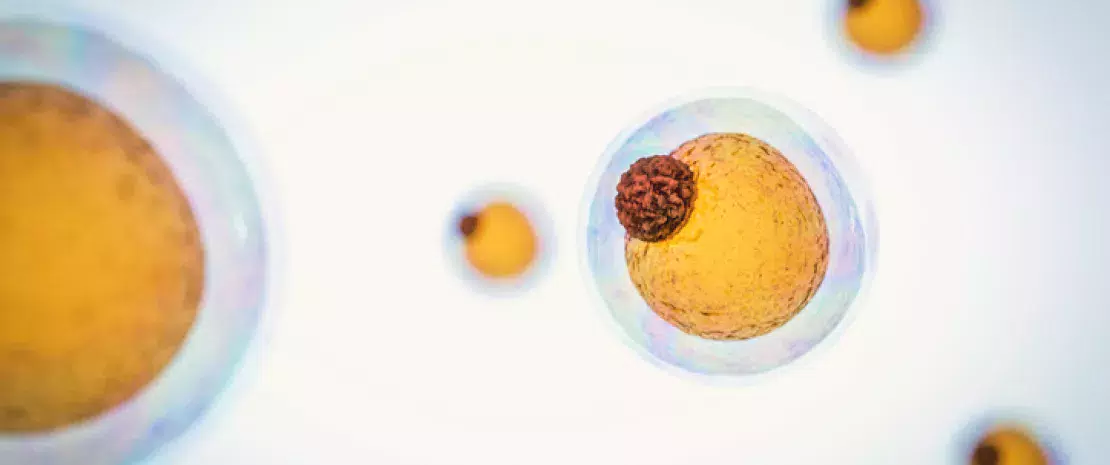Microbiota, breastfeeding and early puberty
Maternal high-fat diet during lactation disrupts the intestinal microbiota of young mice, increases the likelihood of early puberty in young females and generates insulin insensitivity. The sharing of microbiota, through cohabitation with the offspring of mothers fed on a regular diet, reverses this trend.
Sources
This article is based on scientific information

About this article
Each year, early puberty affects 20 out of every 10,000 girls worldwide, with childhood obesity increasing the risk of occurrence. Since 2010, greater attention has been paid to the effects of the intestinal microbiota on energy homeostasis and obesity. Although many factors may influence the gut microbiota (use of antibiotics, etc.), breastfeeding seems to play a primary role in its development. Researchers have therefore manipulated the diet of lactating female mice in order to assess the influence of diet on the risk of obesity and early puberty among their offspring. For three weeks from the birth of their pups, female mice were fed either a normal calorie diet (NCD) containing 12% fat or a high-fat diet (HFD) containing 60% fat. 21 days after birth, all the young mice were weaned, fed a normal calorie diet and randomly placed in cages alongside four young mice from NCD mothers, four young mice from HFD mothers or two young mice from NCD mothers and two young mice from HFD mothers. The goal was to measure the impact of this cohabitation and assess whether it reversed any effects of a maternal high-fat diet upon offspring.
Impact of maternal diet during breastfeeding
A high-fat diet for mothers during lactation influenced the development of their offspring’s microbiota. For example, there was an increase in the proportion of Streptococcaceae and Peptostreptococcaceae in the intestinal microbiota of the young mice. In addition, the offspring of HFD mothers had microbiota with significantly less richness. A maternal high-fat diet also resulted in childhood obesity, early puberty, irregular menstrual cycles and signs of impaired glucose metabolism in female offspring. However, early puberty was not observed in young males.
Effects of sharing microbiota
Since mice are coprophagous animals, they share their microbiota via the fecal-oral route. Following cohabitation with the offspring of NCD mothers, the offspring of HFD mothers saw the abundance of their microbiota increase, reversing the effects of the maternal high-fat diet. This also protected females against early puberty and insensitivity to insulin. However, no protective effect was observed on the weight or body fat of HFD offspring.
A new therapeutic approach for metabolic disorders?
According to the authors, breastfeeding plays a critical role in the development of a normal metabolic and reproductive function among offspring. Insulin resistance associated with a microbiota dysbiosis increases the likelihood of early puberty where this results from a high-fat maternal diet during breastfeeding. Consequently, microbiota may represent a new therapeutic target in the treatment of metabolic and reproductive disorders.


